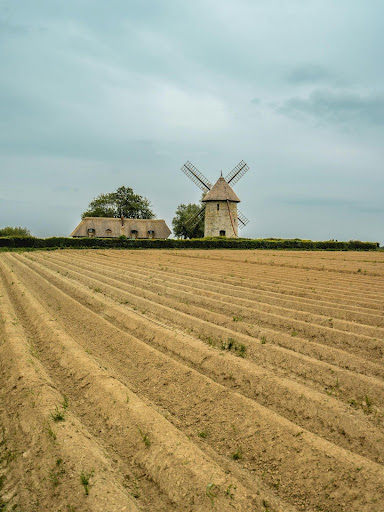Soil stabilization is a process that improves the properties of soil, making it more suitable for various applications such as construction, agriculture, and environmental remediation. By modifying the physical and chemical characteristics of soil, stabilization can enhance its strength, durability, and resistance to erosion.
Here are some of the key advantages of soil stabilization:
Improved Soil Strength and Stability
- Increased Bearing Capacity
Stabilized soil can support heavier loads, making it ideal for foundations, roads, and other infrastructure projects.
- Reduced Settlement
Stabilized soil is less prone to settlement, ensuring the long-term stability of structures built on it.
- Enhanced Resistance to Erosion
Stabilized soil is less susceptible to erosion, preventing soil loss and protecting the environment.
Enhanced Durability and Longevity
- Increased Resistance to Weathering
Stabilized soil is more resistant to the effects of rain, wind, and temperature fluctuations, ensuring its durability over time.
- Reduced Maintenance Costs
Stabilized soil requires less maintenance, saving time and money in the long run.
Improved Environmental Performance
- Reduced Pollution
Stabilized soil can help prevent soil erosion and pollution, protecting water quality and the environment.
- Enhanced Vegetation Growth
Stabilized soil can improve the conditions for plant growth, promoting vegetation and biodiversity.
Cost-Effective Solution
- Reduced Construction Costs
By improving soil properties, stabilization can reduce the need for costly foundation treatments or additional materials.
- Long-Term Savings
The long-term benefits of stabilized soil, such as reduced maintenance and increased durability, can result in significant cost savings.
Versatility and Applicability
- Wide Range of Applications
Soil stabilization can be used in various industries, including construction, agriculture, and environmental remediation.
- Customizable Solutions
Stabilization techniques can be tailored to meet specific project requirements, ensuring optimal results.
Common Soil Stabilization Techniques
There are several techniques that can be used to stabilize soil, including:
- Cement Stabilization
Mixing cement with soil to improve its strength and durability.
- Lime Stabilization
Adding lime to soil improves its structure and reduces its plasticity.
- Bituminous Stabilization
Mixing bitumen with soil to create a stronger and more durable material.
- Compaction
Compressing the soil to increase its density and stability.
- Chemical stabilization
Using chemicals to modify the properties of soil, such as reducing its permeability or increasing its strength.
If you require any kind of assistance related to soil stabilization, then you can always contact PRS Med, and their team will guide you further.
Frequently Asked Questions
What are the costs associated with soil stabilization?
The cost of soil stabilization depends on several factors, including the type of stabilization method used, the amount of soil to be stabilized, and the location of the project.
Can soil stabilization be used for all types of soil?
Not all types of soil are suitable for stabilization. The effectiveness of a particular stabilization method depends on the properties of the soil, such as its composition, moisture content, and grain size.
How long does soil stabilization last?
The durability of stabilized soil depends on the type of stabilization method used and the specific conditions of the project. However, with proper maintenance, stabilized soil can last for many years.
